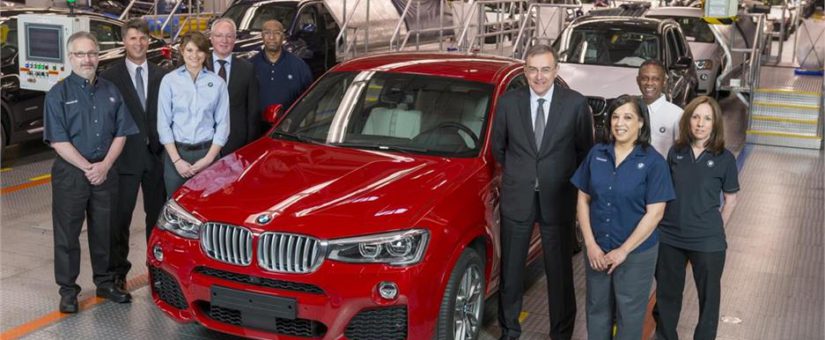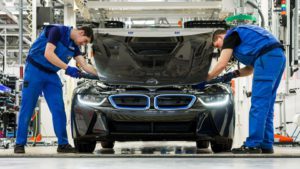
Characteristics of the Polish car parc and its impact on the drivers behaviour. Categories: 2020, News Timelines: Poland, Polonia
Announcement Date : 1 diciembre 2020
The Polish car parc it has a huge impact on the car parc structure and drivers behaviour.
In most of the European countries size, age and structure of the car parc is directly related to sales of new cars or, to put it different way, registration of new cars. In Poland the situation looks much different. Of course, the registration of new cars is an important factor, however it is not the most important one.
More important than registration of new cars is import of the second-hand cars from Western European countries, mainly from Germany. For each 100 cars which supply Polish passenger car parc every year, between 60-70 are used cars imported from abroad. The reminder is sales of new cars. Thinking about the Polish car parc, we always have to keep it in mind, because it has a huge impact on the car parc structure and drivers behaviour.
The impact on the car parc structure
First, let’s focus on the impact on the car parc structure. The domination of used cars imported from abroad has several implications. First of all, we have to take into account that cars imported from abroad, are not the youngest ones. Their average age varies from year to year, but often it is close to 10 years. Therefore, the average age of the total Polish car parc is very high. It is one of the oldest parcs in Europe. And it is difficult to change this situation unless importation of old cars from abroad decreases radically.
Moreover, both average age of the Polish car parc and high importation of used cars from abroad have negative impact on the loyalty to authorized repairers (VM dealers) and explain why shares of OES are so little compared to IAM market.
photo: canamotor-Mapfre
The behaviour of Polish drivers
Age is an important characteristic of the parc. Another to we have to take into account is the structure of the parc by type of fuel. After so called Dieselgate and because of new CO2 emission restrictions, we can see that in all European countries shares of diesel engines among newly registered cars has been decreasing. The same case is for Poland. We sell less new cars with diesel engine, petrol is the main type of fuel, and the share of alternative fuel is continuously increasing. However, sales of new cars is only 30-40% of cars “feeding” the car parc.
The rest is imported used cars and there is no need to say that the structure of these imported cars is radically different. Lately, share of diesel cars in new registrations in Poland was close to 20%, while among imported cars it was twice as high.
All the factors described above are highly correlated with the behaviour of Polish drivers. Among main aspects we can mention: use of vehicle understood as annual mileage driven, choice of repairers, way of doing maintenance and interventions.
photo: Autopista
The automotive aftersales market in Poland
The older the car, the lower is average annual mileage. Therefore, we can see that together with aging car parc, there is decrease of average number of kilometres driven by a car during the year. In case of choice of repairers, it is logical that old cars, especially those which have their history abroad, are not fixed in vehicle manufacturer networks, but rather in independent garages. Moreover, we observe that among oldest cars, even visiting workshops is a rare behaviour. Owners of those cars prefer to do many maintenance and mechanical interventions on their own. GiPA calls this kind of behaviour DIY (do-it yourself). This type of behaviour is still very popular among Polish drivers, and we can look for its roots in the car parc structure.
Understanding all these phenomena and correlations between them is key to properly analyse the automotive aftersales market in Poland. This knowledge is essential to looking for opportunities on the market and eliminating threats. Without it, building effective sales strategy could be very difficult.
















